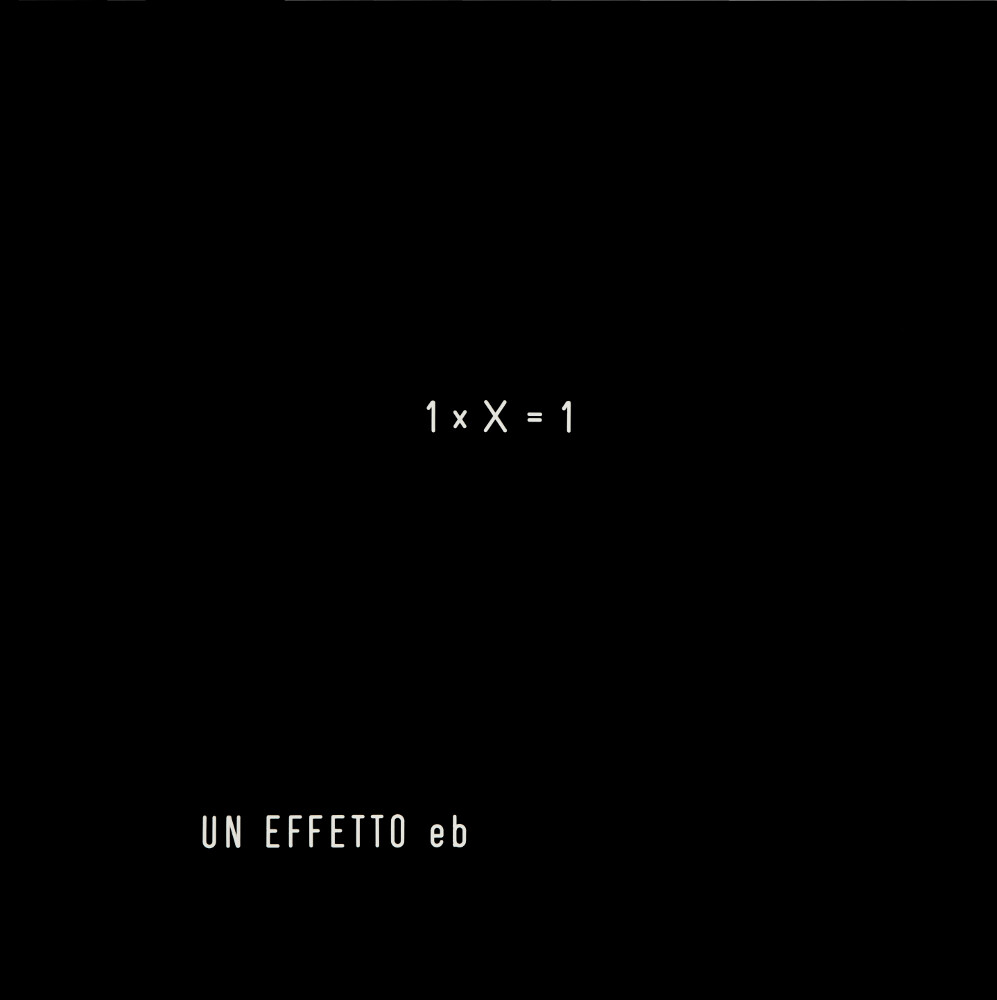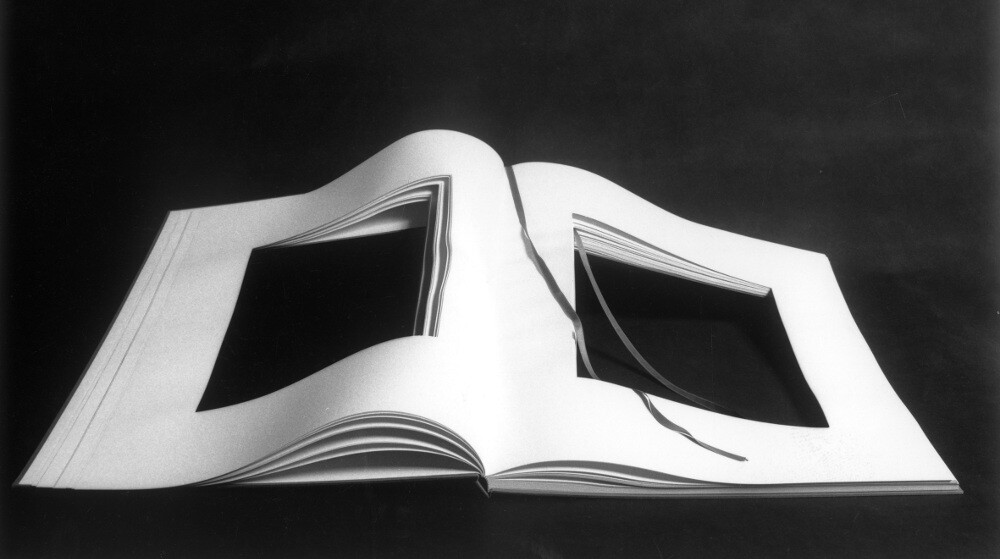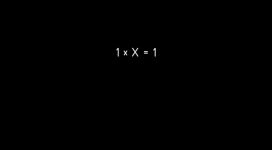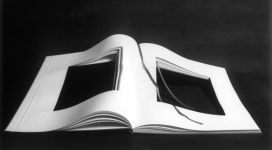| VINCENZO AGNETTI | Exhibition 2015 | |
| Catalog |
Vincenzo Agnetti was born in Milan in 1926. He graduated from the Brera Academy of Fine Arts and then enrolled at the Piccolo Teatro school in Milan, where he met his lifelong companion Bruna Soletti. His first artistic experience took place in informel painting and poetry, but after his artistic and scientific studies and his beginnings as an informel painter in the early 1950s, he ceased to paint. At the end of the 1950s and in the early 1960s he frequented a small group of friends, amongst whom Manzoni and Castellani, the founders of Azimuth (the Azimuth journal was first published in 1959, followed by the opening of the gallery in Milan) which strove to make experimental research. Agnetti was in a pre-transformation phase, which would lead to thought, experiences and life lending themselves to artistic operations. In his conception, art was an operation of global synthesis, in which subjectivity, consciousness and production form the whole fulfilling the artist. His South American journey dates from 1962: he stayed in Argentina until 1967, working in the field of electronic automation. These years were characterised by “…liquidationism or Arte-no, the refusal to paint…, travelling, lowly work, gaining awareness, to achieve true freedom…”. It was a period of prolific writing. Of this, his “Assenza” (Absence) notebooks remain: thousands of pages of thoughts, ideas and projects in South America, Arabia, Scandinavia. He wrote critical presentations for Manzoni, Castellani, Bonalumi, Melotti and Kline. Via New York, he came back to Italy and “forgetting by heart” (abandoning technique to recoup the life flow within the distinctiveness of artistic work), what was hidden manifested itself as art. In Milan his friendship with Scheiwiller, born in 1958, grew stronger. He frequented the group linked to “Azimuth” and the novel Obsoleto (Obsolete) can be attributed to the years 1963 to 1967. Advocating the recovery of that which has become unused or removed, the quintessence of his action towards sense, language and time, it represents the pivotal moment between the two important periods in Agnetti’s life. As of 1971 he worked intensely for “Domus”; and went to visit Norway and Qatar. He never stopped producing work at this time, and he had achieved public acclaim. His first exhibition at the Palazzo dei Diamanti in Ferrara dates from 1967, and the following year at the Visualità gallery he exhibited his Macchina drogata (Drugged Machine), a Divisumma 14 Olivetti calculator whose 110 numbers were replaced by letters of the alphabet so that all the words resulting from the operations provided support for an “operation of language critique”. In 1981 in New York he took part in Revolutions Per Minute (The Art Record), an album composed by twenty-two artists, exponents of visual and conceptual art, linked to the Feldman gallery: Agnetti composed music where the sound was represented by pauses, with the score a diagram that became a work of art, on graph paper and felt. He continued his reflection on language. In 1971 at the Blu gallery in Milan he exhibited Feltri (Felts, 1968-1970, panels with sentences of a certain literary superfluity with fire-branded, painted letters) and Bacheliti (Assiomi, Bakelites (Axioms), 1968-1974, engraved bakelite plates treated with water colours or nitro dyes where diagrams and sentences declare axiomatic propositions, paradoxes, in a display of mental coolness and conceptual rigour). A year later he exhibited 2 Telegrammi (2 Telegrams) at the Martano gallery. The series of debates with his friends date from the early 1960s. Always involved in his projects, they numbered his gallery owner/sponsor Castelli, Daniela Palazzoli, Pierre Restany, Achille Bonito Oliva, Carla Pellegrini, and artists very close to him such as Melotti, Merz and Boetti. He worked for “Domus” and “Data”, thanks to an important relationship with Tommaso Trini. He also worked with his contemporaries such as Colombo, Scheggi and Parmiggiani, but without ever forming a group. Dating from 1973 is his important installation Progetto per un Amleto politico (Project for a Political Hamlet) which he defined as “static theatre” (“performance without movement, without characters and without a script”). In 1975 he went back to New York, the hotbed of conceptual art, and he opened a studio in Manhattan; he began to work with Robert Feldman – he immediately held his first US exhibition Immagine di una mostra (Image of an Exhibition) at his gallery – and frequented friends such as Arakawa. In the same year, at the Sonnabend in Paris he displayed works on the concept of “equivalence” in Gli eventi precipitano (Events Precipitate 1974-1975), illustrating the importance of time in the journey of things, and people. He continued to produce art, which hinged around language, time, communication and political-social criticism, although the artist’s poetic soul seemed to reappear towards the end of the 1970s. Mental Installation at the Israel Museum in Jerusalem dates from 1977, and the book of poems Machiavelli 30 from 1978: …”just as art cannot be described, nor can poetry be illustrated …in this work, figure and word, together, are the same thing”. The sculpture exhibition Surplace at the Toselli gallery in Milan and the Feldman in New York dates from 1980. In his last works, the Photo-Graffie (Scratched Photos) from 1979-1981, the poetry also incorporates the style: Agnetti scratches light-exposed and treated photographic paper to regain the “figurative” element, drawing, within a conceptual operation. One of the greatest exponents of the Italian neo-Avantgarde and undisputed protagonist of Conceptual Art, he held his last exhibition at Galleria Bruna Soletti in Milan, in 1981, the year of his untimely death.





